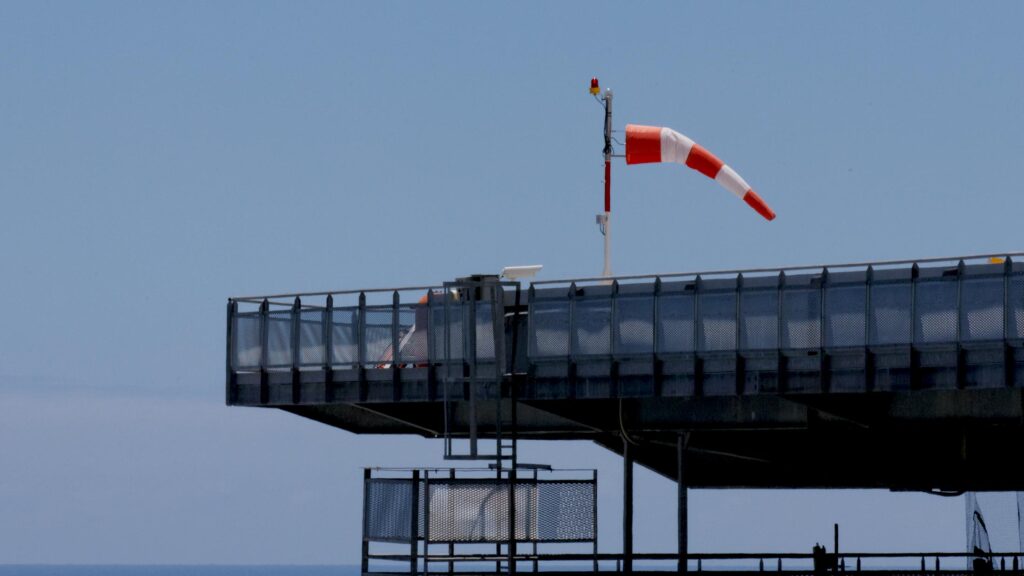Double Check Before You Lift: The Power of Pre-Lift Briefings in Safe Rigging Operations
Behind every successful lift is not just the right equipment — but the right conversation.
Too often in lifting operations, assumptions are made: that everyone knows the plan, that someone else checked the angles, that the load is labelled, or that the operator sees everything. This is where pre-lift briefings become indispensable.
In this week’s ELEVATIP, we explore why structured pre-lift briefings are a cornerstone of safe and efficient rigging, how to carry them out effectively, and what key elements should always be covered.
What Is a Pre-Lift Briefing?
A pre-lift briefing (also known as a “toolbox talk” or “lift team briefing”) is a short but structured conversation held just before lifting begins. It brings together the riggers, crane operators, signal personnel, banksman and any other relevant team members to ensure that:
- Everyone understands the lift plan.
- Roles are clearly defined.
- Risks are identified and mitigated.
- Communication protocols are agreed.
This isn’t just a formality — it’s a control measure with proven safety benefits.
Why It Matters
What Should Be Covered in a Pre-Lift Briefing?
Here’s a checklist you can use or adapt to your site needs:
How to Deliver a Good Briefing
- Keep it short (5–10 minutes), but clear and focused.
- Use diagrams or printed lift plans where possible.
- Encourage questions — don’t rush.
- Finish with a verbal confirmation: “Does everyone understand?”
Real-World Insight
On a site lifting HVAC units to a rooftop, a team nearly caused a collision because the crane operator assumed the banksman would signal clearance to rotate — but no such signal came. A post-incident review revealed that the two teams hadn’t agreed which signals would be used. From that point on, all lifts began with a standardised pre-lift briefing. No further issues were recorded.
Sometimes, it only takes one short meeting to prevent a long list of mistakes.
